In fact, my real intent was misread - I have little doubt that Robert Weaver could have admired NC Wyeth's (or Howard Pyle's) work and that these artists actually had more in common than we might expect at a glance.

That being said, the elephant in the room that has to be acknowledged is that the classical style of illustration, the tradition that came down by way of NC Wyeth and a thousand commercial artists who 'descended' from him, was, by the mid-century period, becoming irrelevant.
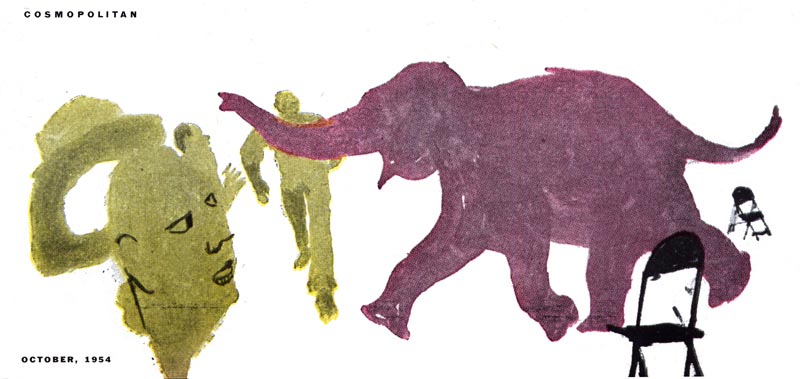
By the mid-1950s traditional, 'realistic' illustration was no longer fashionable, desirable or meaningful to the larger graphic arts industry or, frankly, even to many of the artists employed in making commercial pictures.(1)
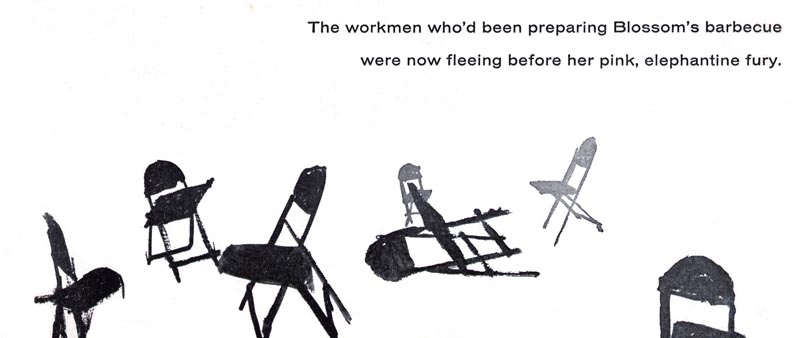
While Robert Weaver may have admired Wyeth and Pyle, I get the feeling he had little more than disdain for their 'descendants' - for the Sundblom Santas and the Whitmore 'clinches'. Describing his take on the state of illustration in a 1959 interview in American Artist magazine Weaver said, "Many illustrators of today are too little concerned with the actualities of their time."
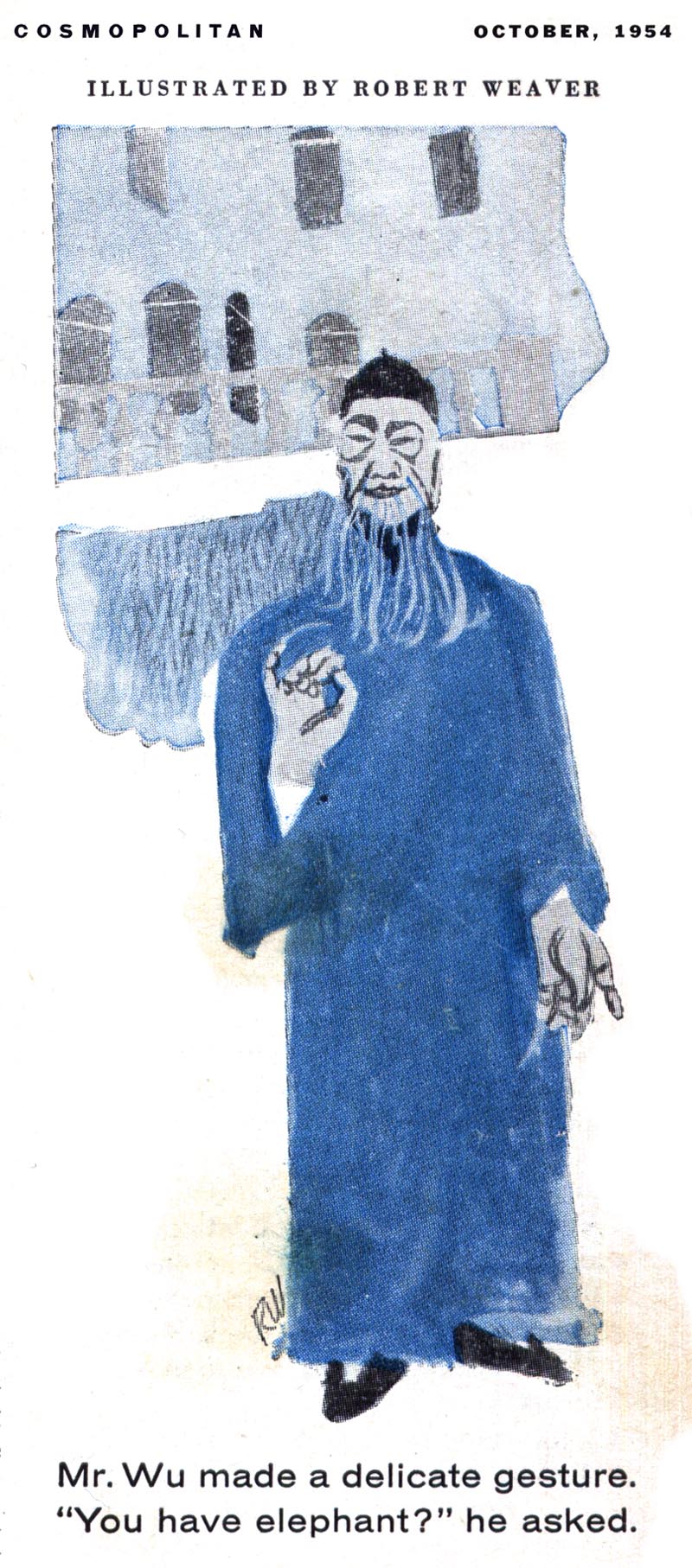
"Too often they merely aid and abet the pre-sold illusion of the age. The illustrator, who should be outside momentary surface illusions observing, is himself observed as part of the phenomena by more serious students of the time."
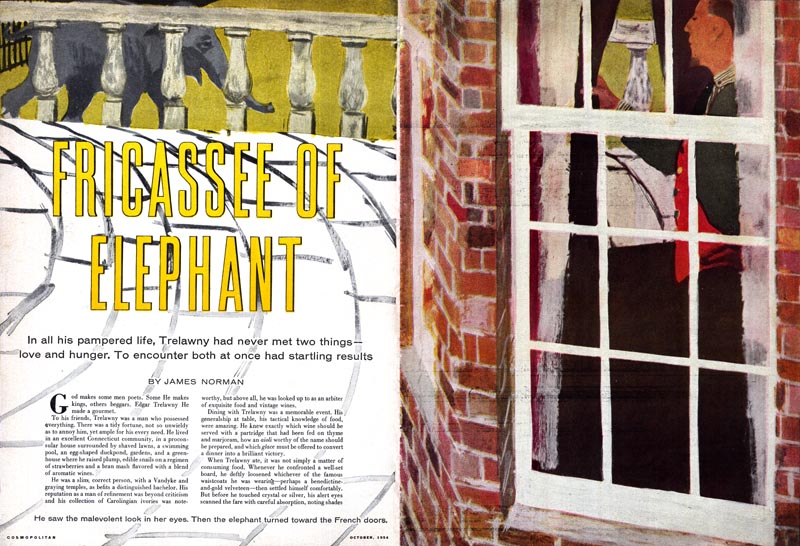
By "serious students", Weaver was not referring to the contemporary fine artists of the day, by the way. Of that crowd, he said, "Today's artist finds himself unattached to society. There is no mutual sense of responsibility He is 'free.' He likes it that way."
"Is it not that very freedom that has robbed art of its raison d'etre? I have noticed that abstract expressionism carried to the most reckless extremes no longer has the power to shock and disturb even the most conservative audiences. Ennui sets in."

"How can there be vitality without meaning? A much more intellectually challenging field of painting is that which includes illustration but is not limited by it." (emphasis Weaver's)

"Illustration is an essential to great painting. Abstractness cannot be equated with it; it is merely the grammar. Color, texture, design, etc. are tools to be applied to a purpose. 'Self expression' is not a purpose, it is an inevitable by-product of that purpose. It is at this point that the illustrator-painter should realize his opportunities."
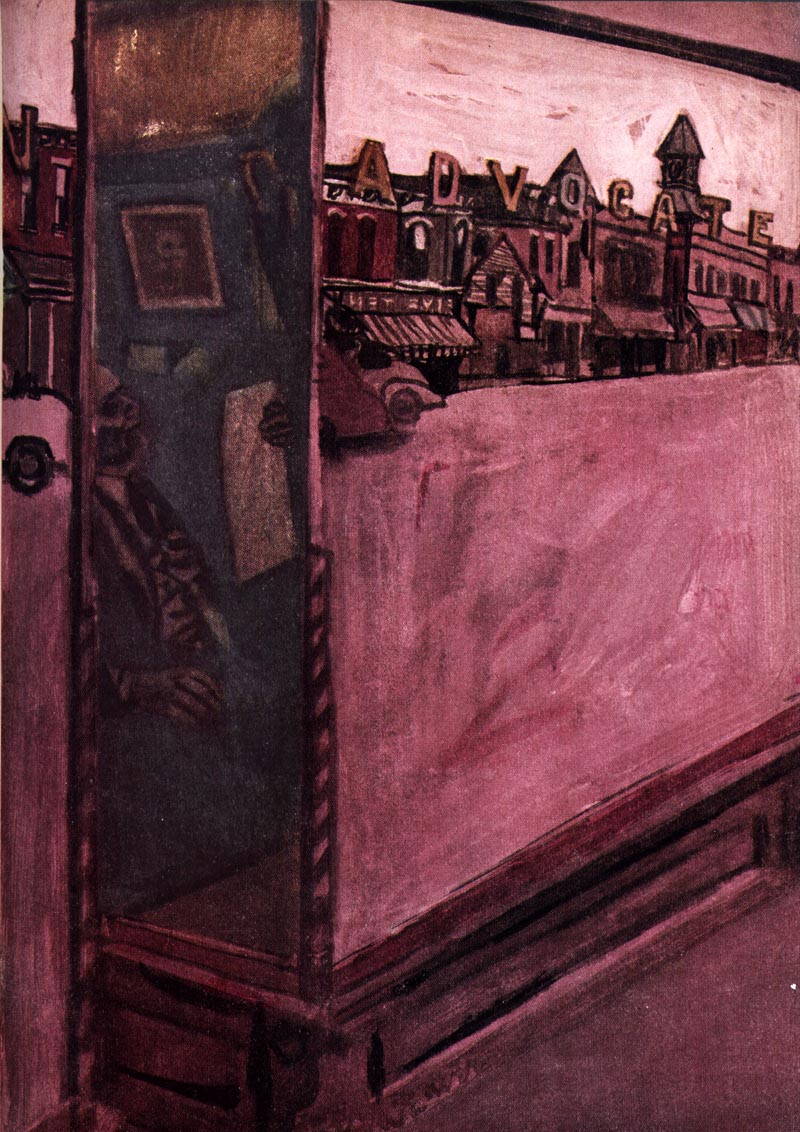
"That he has not realized them is borne out by the low opinion in which the illustrator is held in the general art world."
* My Robert Weaver Flickr set.
(1) By example, consider the story of Murray Tinkelman luring, one by one, the Cooper studio artists away to Reuben Tam's painting class at the Brooklyn Museum. In Neil Shapiro's article in Illustration Magazine # 16, Cooper artist Don Crowley described Murray's influence (somewhat facetiously) on the Cooper staff as "[getting] those guys dissatisfied with what they were doing... they weren't happy doing illustrations any more. They wanted to be fine artists."






0 comments:
Post a Comment